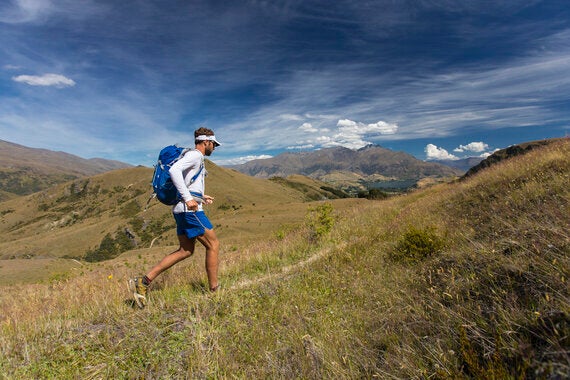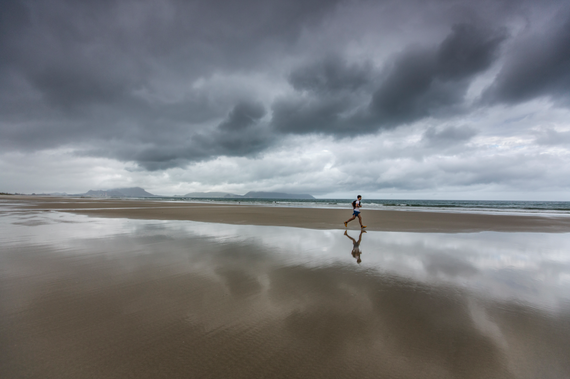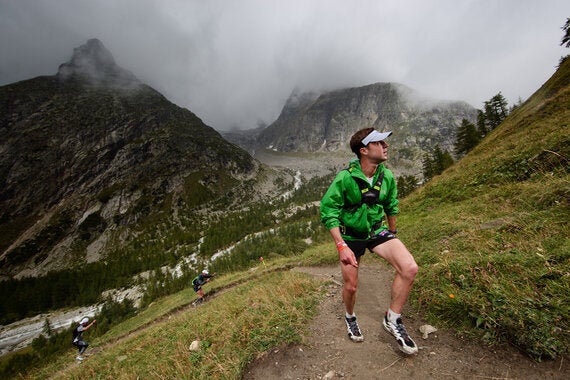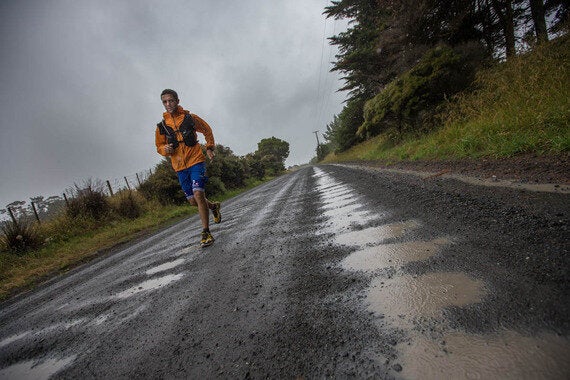"Over how many days?" is the usual response I get when I explain to people I'm about to run a 100 mile race. So how do I then tell them that mountain ranges, dangerous wild animals and extreme temperatures also come into the equation? Welcome to the world of ultra running.

The conversation usually then goes off in one of a handful of different directions. This may involve comparing the distance to a marathon (yes, it equates to the best part of 4), how many days it will take (less than 24 hours, otherwise I won't have performed) why I would actually want to put myself through so much discomfort (it's not actually that painful once your body is accustomed to it) or enquiring how my knees are (they're just fine thanks; I figure you don't get far in life wrapped in cotton wool and there are plenty of sports with greater risk and impact - have you watched a rugby union match recently?).
I then tend to get a bit defensive and develop a deep urge to justify my hobby, but I've learned from experience that it's a difficult pitch to make, even after ten years practice. It is, I admit, a hard sport to comprehend. Particularly without witnessing in person the dramatic and often life changing experiences these races provide, which in essence is why I love the sport so much.

A classic example is The North Face Ultra Trail du Mont Blanc, a 103 mile trail-based circuit of Mont Blanc, western Europe's highest mountain, which has become the biggest race of it's kind in the world. The route is epic in the true sense of the word, involving an incredible 9,600metres of climbing (more than Everest) and taking in numerous alpine passes, three different countries and more alpine culture than you can possibly hope to absorb in such a 'short' space of time. Around 2,500 runners take to the UTMB start line each year but the entry numbers are capped and three times that number are likely to have missed out in the ballot, despite having completed a rigorous race-based qualifying process. The UTMB finishers jacket provided by sponsors, The North Face, which is awarded to the 50% or so runners who manage to finish the route within the 46 hour cut off time, is worn with great pride, and rightly so. For all these reasons the UTMB, as it's affectionately known, is often found right at the top of an ultra runner's bucket list and each year attracts the best ultra distance mountain runners from around the world.

So why is there such a demand for extreme races like UTMB? Well when you see the sense of pride and accomplishment etched on the faces of the finishers as they hobble their way back into Chamonix at the end of their journey, you will immediately know why. This is a sport that strips you down to your core emotions, and reveals what you're really about. It's often the quiet, modest and understated characters who excel in these races. Friendly and calm on the outside, fiercely competitive and resilient on the inside. With daily life becoming increasingly frantic and stressful, people want to get away and explore places both mentally and physically, places where you can re-gain a sense of perspective and ground yourself again. Food, water and shelter become high on the agenda whilst worries about work or daily life fade into insignificance. It's ultimate escapism, adventuring, exploration and physical challenge, all rolled into one. And remarkably it's just regular, everyday people who are achieving these amazing feats.

Back to the conversation, and best to brush over the fact this race trip is a classified as a 'holiday' from work. I go to work to rest anyway....
Jez Bragg is a The North Face sponsored global athlete.